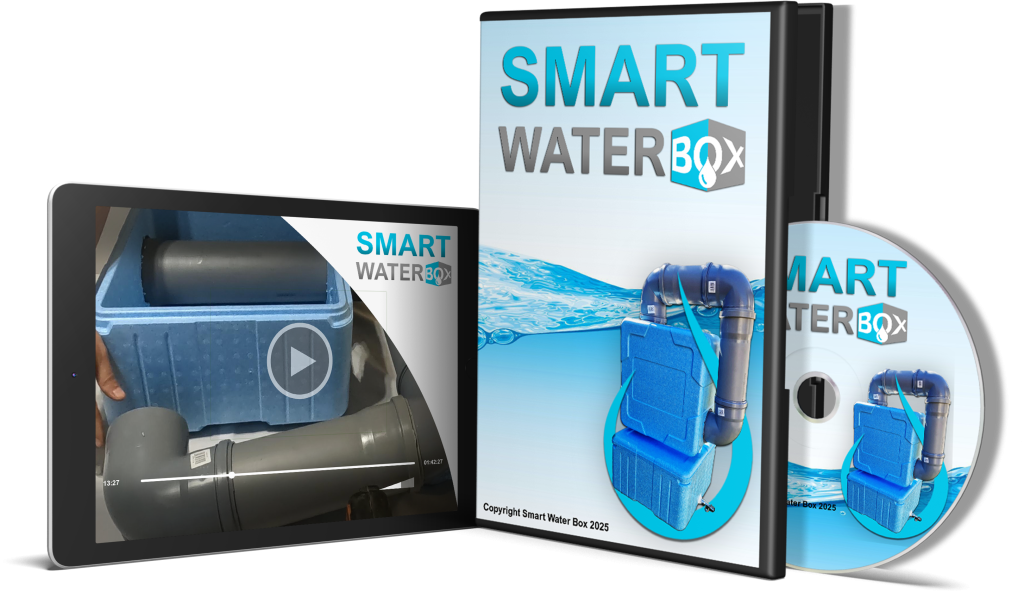Introduction
Imagine waking up and not being able to pour a glass of clean water. For billions, this isn’t just a bad dream—it’s a daily reality. Clean water is fundamental to life, health, and dignity. Yet, despite modern advancements and global wealth, access to safe drinking water remains out of reach for millions. The problem isn’t just scarcity—it’s inequality.
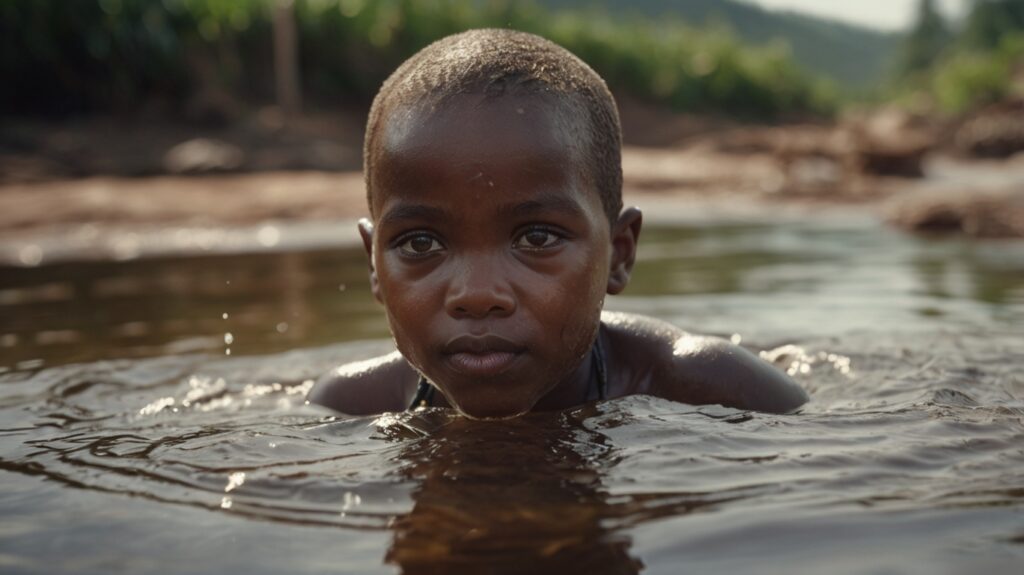
The Concept of Water as a Human Right
UN Declaration and Human Rights
In 2010, the United Nations General Assembly explicitly recognized access to clean water and sanitation as a human right. That means it’s not a luxury, a commodity, or a privilege—it’s a basic entitlement for every person.
What It Means Practically
Having clean water doesn’t just mean not being thirsty. It means being able to cook, bathe, go to school, and live without the looming threat of disease. Without clean water, rights to education, health, and life itself are compromised.
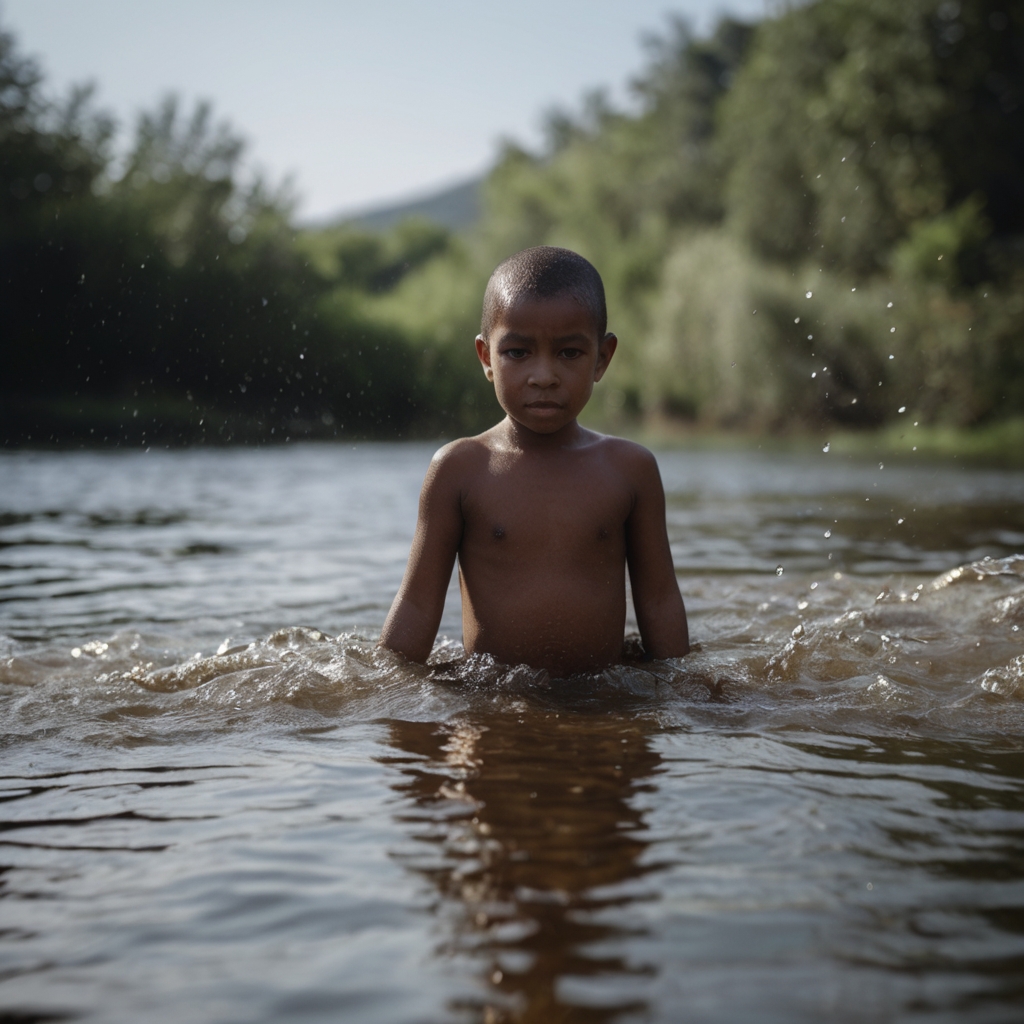
Why Access to Water Is More Than Just a Basic Need
Water supports food security, livelihoods, gender equality, and economic development. Take away clean water, and entire communities are trapped in a cycle of poverty and poor health.
Global Access to Clean Water: The Numbers
Current Global Statistics
As of recent reports, over 2 billion people lack safe drinking water services. That’s roughly 1 in 4 people worldwide.
Urban vs. Rural Divide
Urban areas typically fare better, but in rural regions—especially in developing countries—water sources are often contaminated or located miles away.
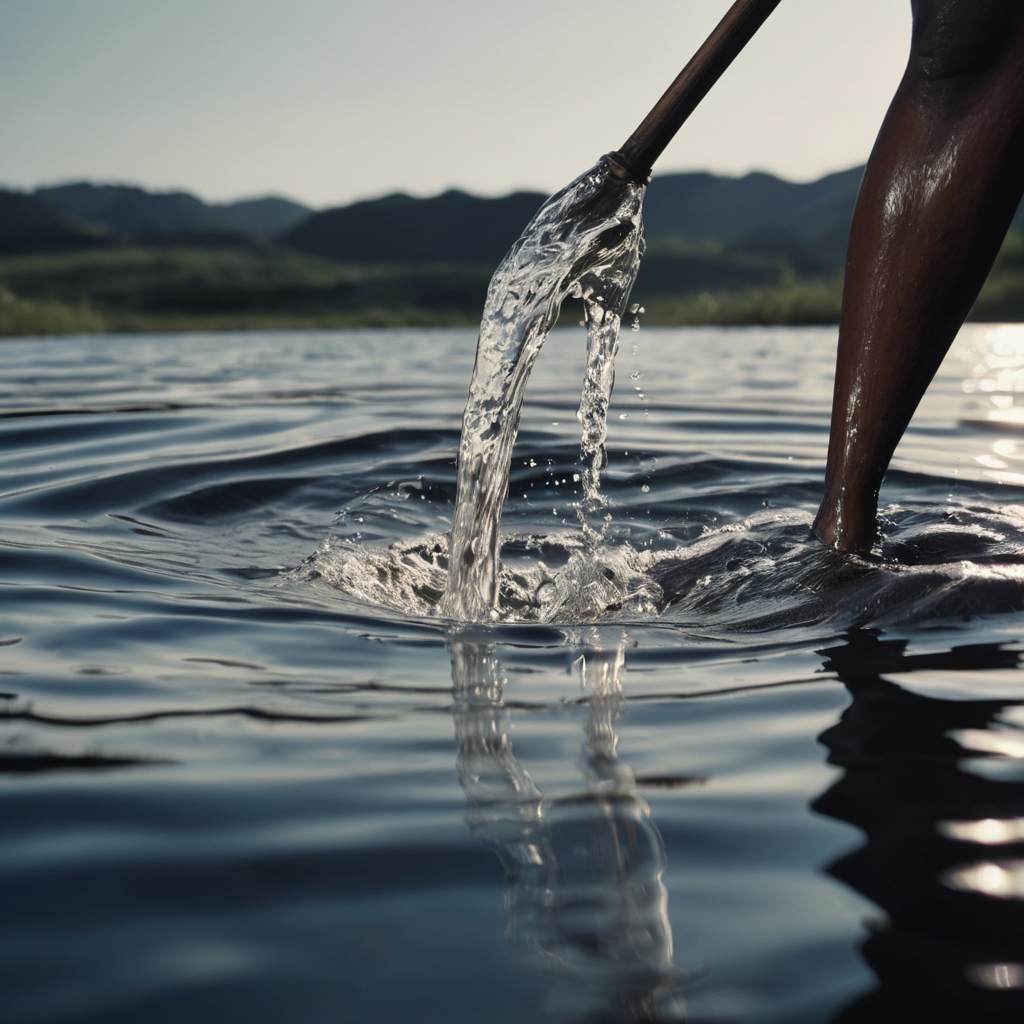
Developing vs. Developed Countries
Even in developed nations like the United States or Australia, marginalized communities such as Indigenous groups face challenges accessing safe water.
Regions Most Affected by Water Insecurity
Sub-Saharan Africa
In places like Ethiopia or Chad, families walk hours to collect water that may still be unsafe. Infrastructure is sparse, and rainfall is unreliable.
South Asia
Water sources are contaminated with arsenic, sewage, and industrial waste. In India, water scarcity and poor sanitation collide to devastating effect.
Middle East and North Africa
A dry climate paired with political instability and overuse has created one of the most water-scarce regions globally.
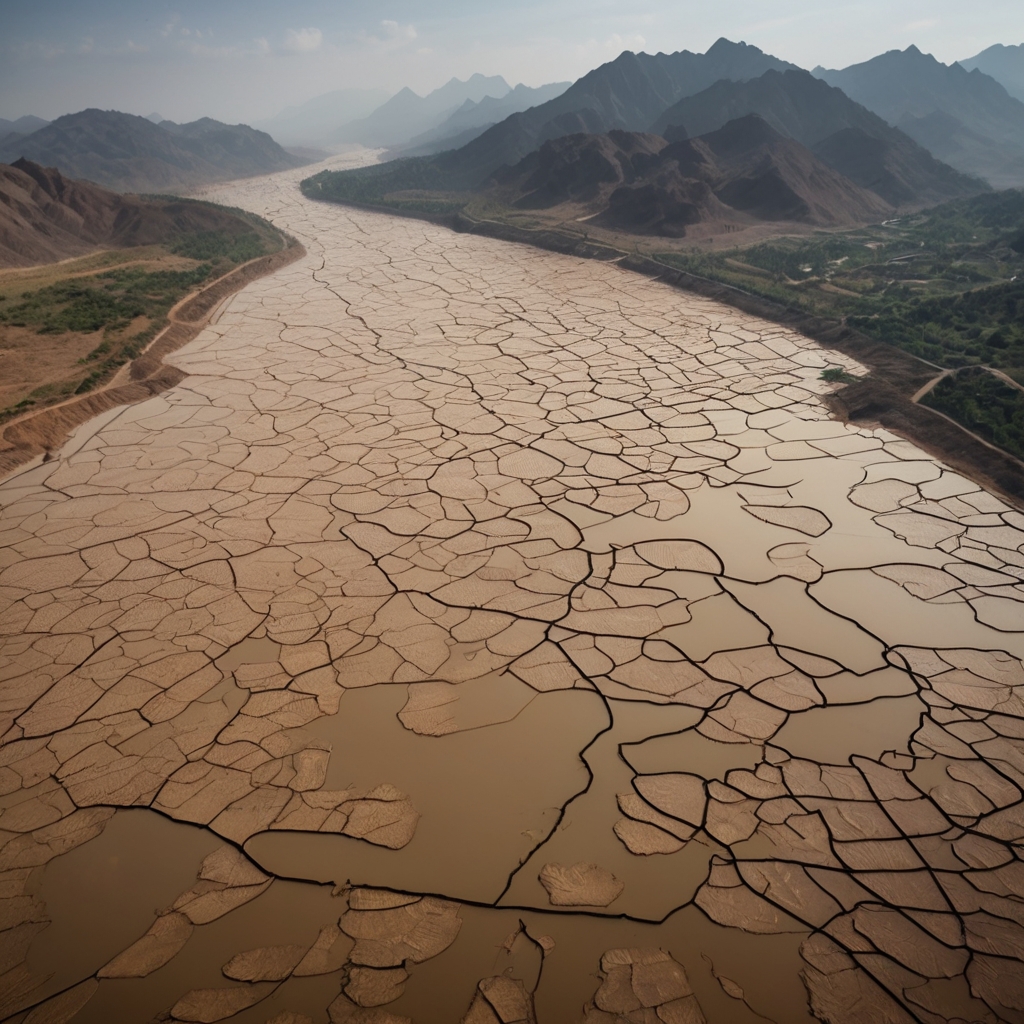
Indigenous Communities in Developed Nations
In Canada and Australia, Indigenous communities are often left with boil-water advisories or entirely lack water infrastructure—a shameful injustice.
Causes of Water Injustice
Climate Change and Drought
Rising temperatures and changing weather patterns dry up rivers and reservoirs, making clean water even harder to come by.
Pollution and Industrial Waste
Toxic waste, oil spills, and pesticides make their way into rivers and underground water supplies, especially where regulations are weak.
Poor Infrastructure and Corruption
Some governments lack the funds—or the will—to invest in water systems. In other cases, mismanagement and corruption sabotage progress.
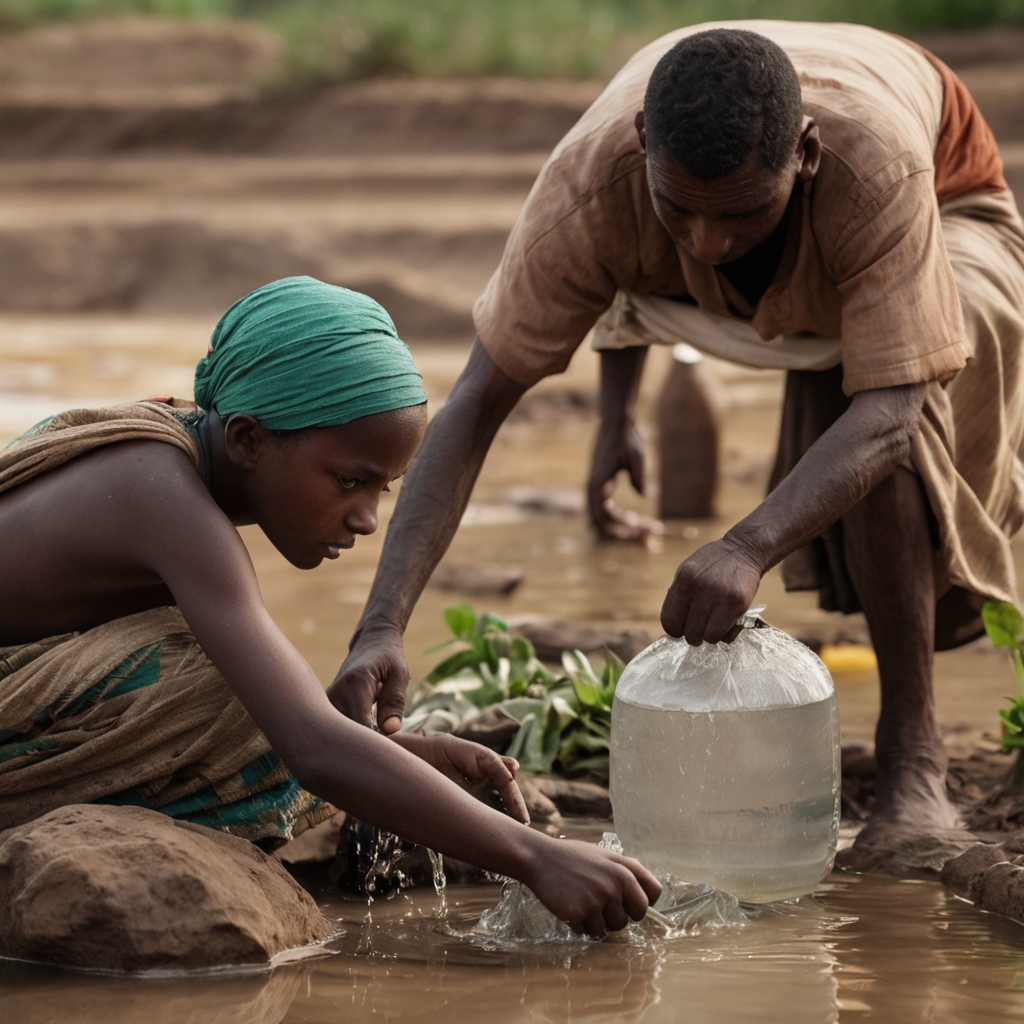
Privatization and Water Pricing
Turning water into a for-profit service means the poor often can’t afford it. What should be right becomes a privilege.
Health Impacts of Unsafe Water
Waterborne Diseases
Diseases like cholera, typhoid, and dysentery kill thousands every day, especially children under five.
Impact on Women and Children
They often bear the brunt, walking miles for water or staying home sick from school due to water-related illness.
Economic Burden on Families
Medical costs, lost work hours, and poor health all trap families in financial hardship.
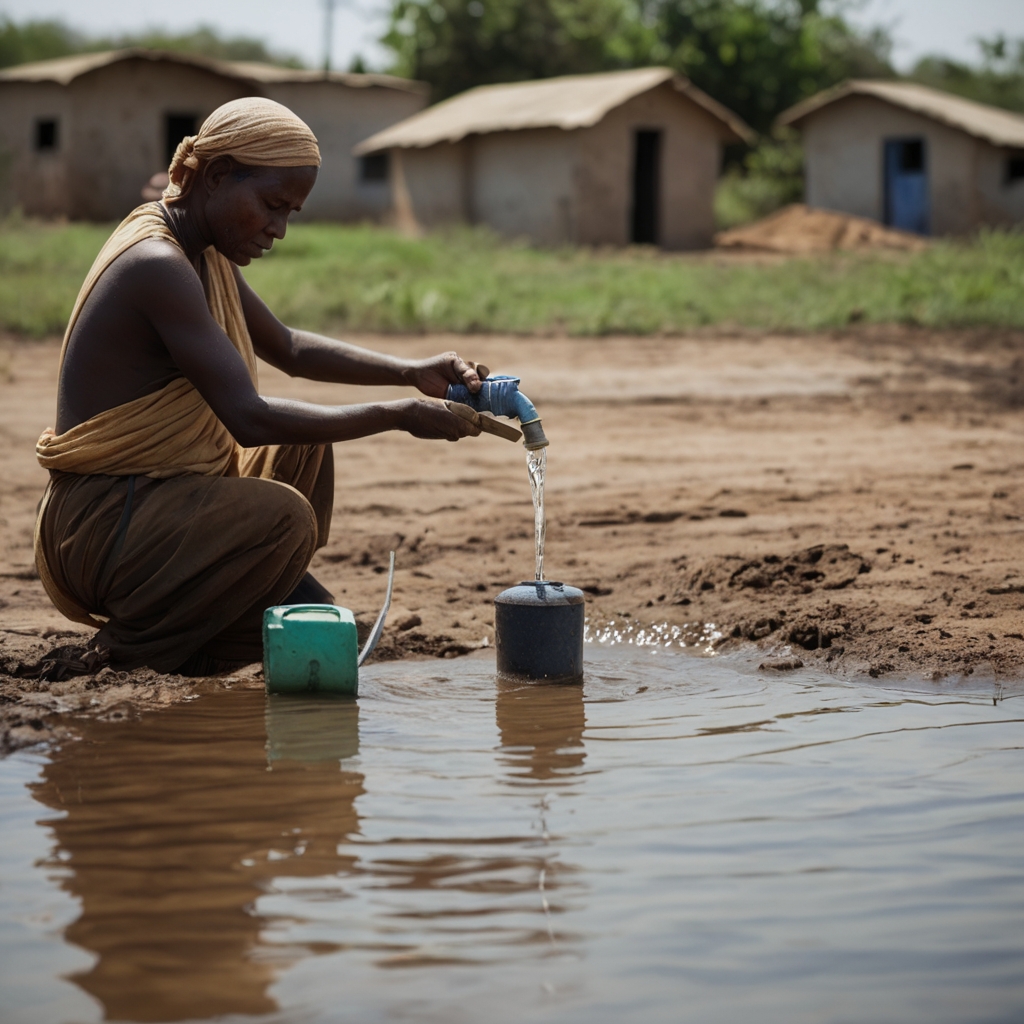
Clean Water and Gender Inequality
The Burden on Women
In many cultures, women and girls are tasked with fetching water, often sacrificing education and safety.
Education and Girls
Lack of water and sanitation in schools leads to high dropout rates, especially once girls begin menstruating.
Hygiene and Menstrual Health
Without clean water, managing menstruation is difficult and undignified, impacting both physical and mental health.
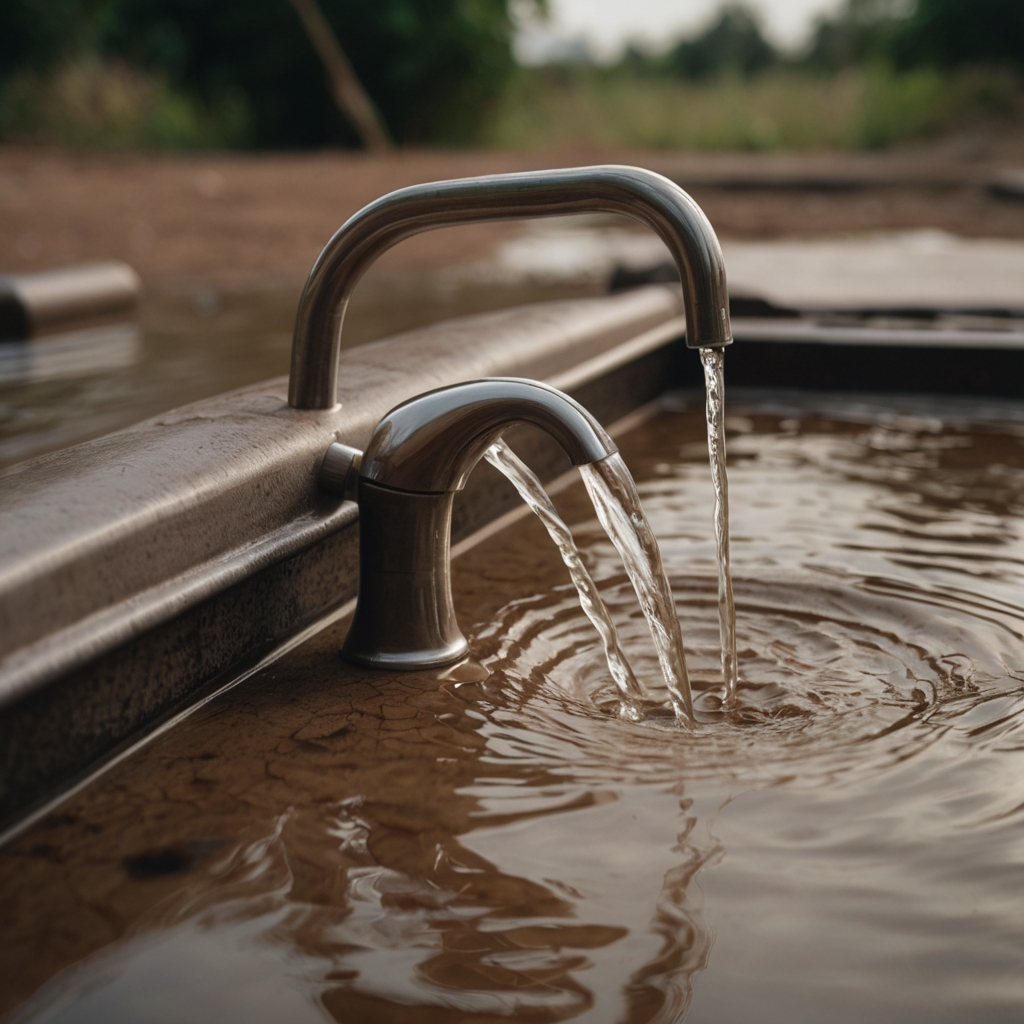
Environmental Degradation and Water Scarcity
Deforestation and Soil Erosion
Cutting down trees harms natural water cycles and contaminates water sources.
Industrial Farming and Pesticides
Chemical runoff poisons rivers and aquifers, hurting both the environment and human health.
River Diversions and Dams
While intended for agriculture and energy, these often disrupt natural water flows, affecting downstream communities.
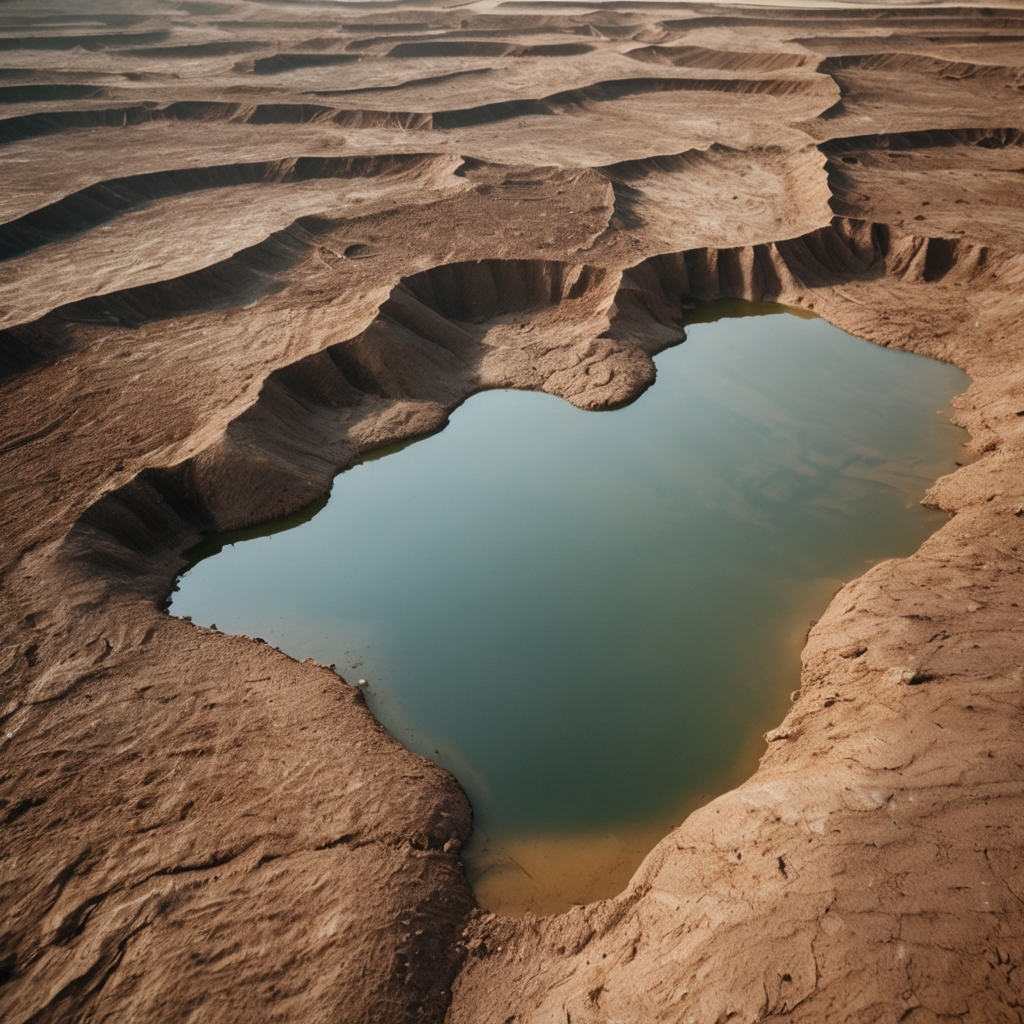
What Is Being Done?
International Aid and NGOs
Groups like WaterAid, UNICEF, and The Water Project are actively working to build wells, educate communities, and advocate for rights.
Government Initiatives
Countries like Rwanda have made strides in rural access. But progress isn’t uniform or fast enough.
Grassroots and Community Projects
Local innovation—like building low-cost water filters—shows how change often starts from the ground up.
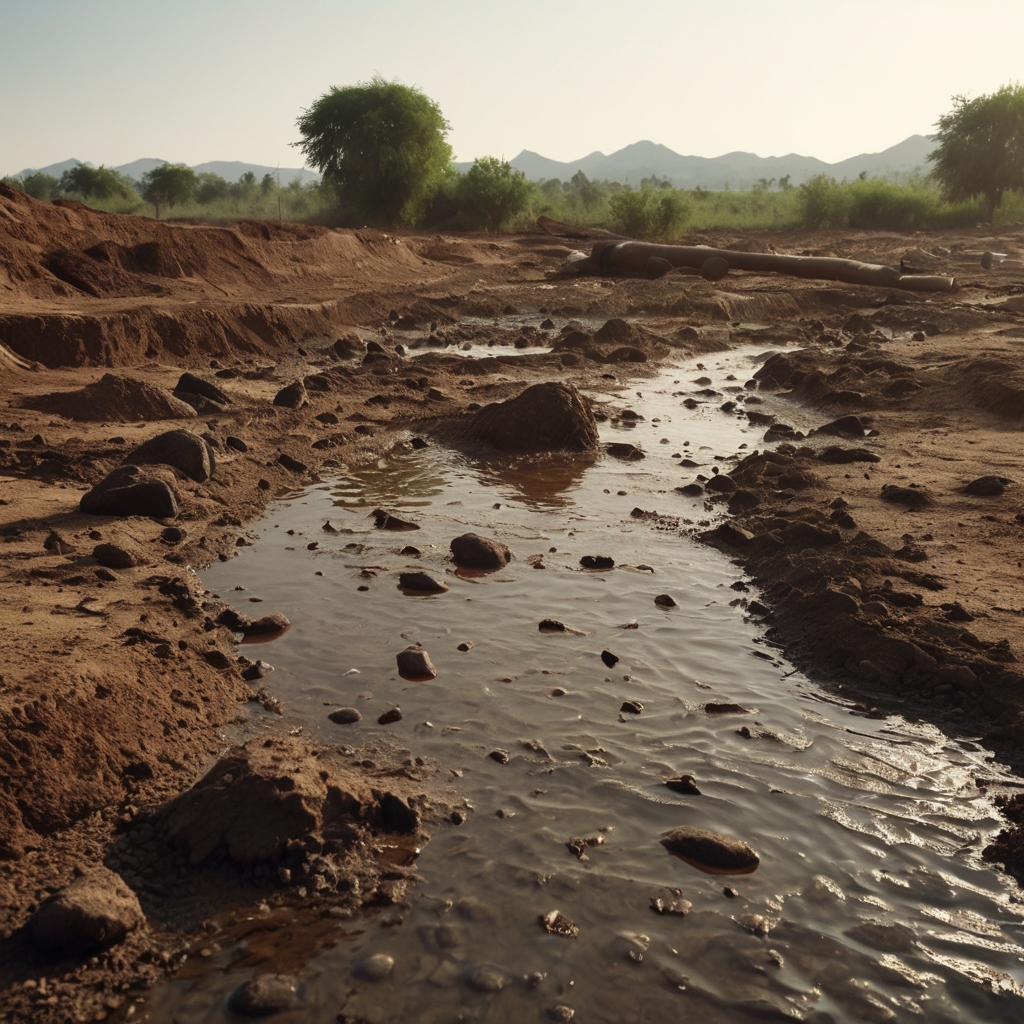
Technological Innovations
Desalination and Purification Tech
Turning seawater into drinkable water is becoming more viable, especially for coastal regions.
Solar-Powered Water Solutions
In sunny areas, solar pumps offer sustainable, off-grid access to clean water.
Water Harvesting Techniques
Collecting rainwater is simple but powerful, especially in areas with seasonal rains.

Barriers to Universal Access
Economic Inequality
Poor communities can’t afford infrastructure or ongoing maintenance without help.
Lack of Political Will
Without pressure from citizens and advocacy groups, governments often overlook water issues.
Conflicts and Displacement
Wars and displacement destroy existing systems, leaving millions without water in refugee camps or conflict zones.
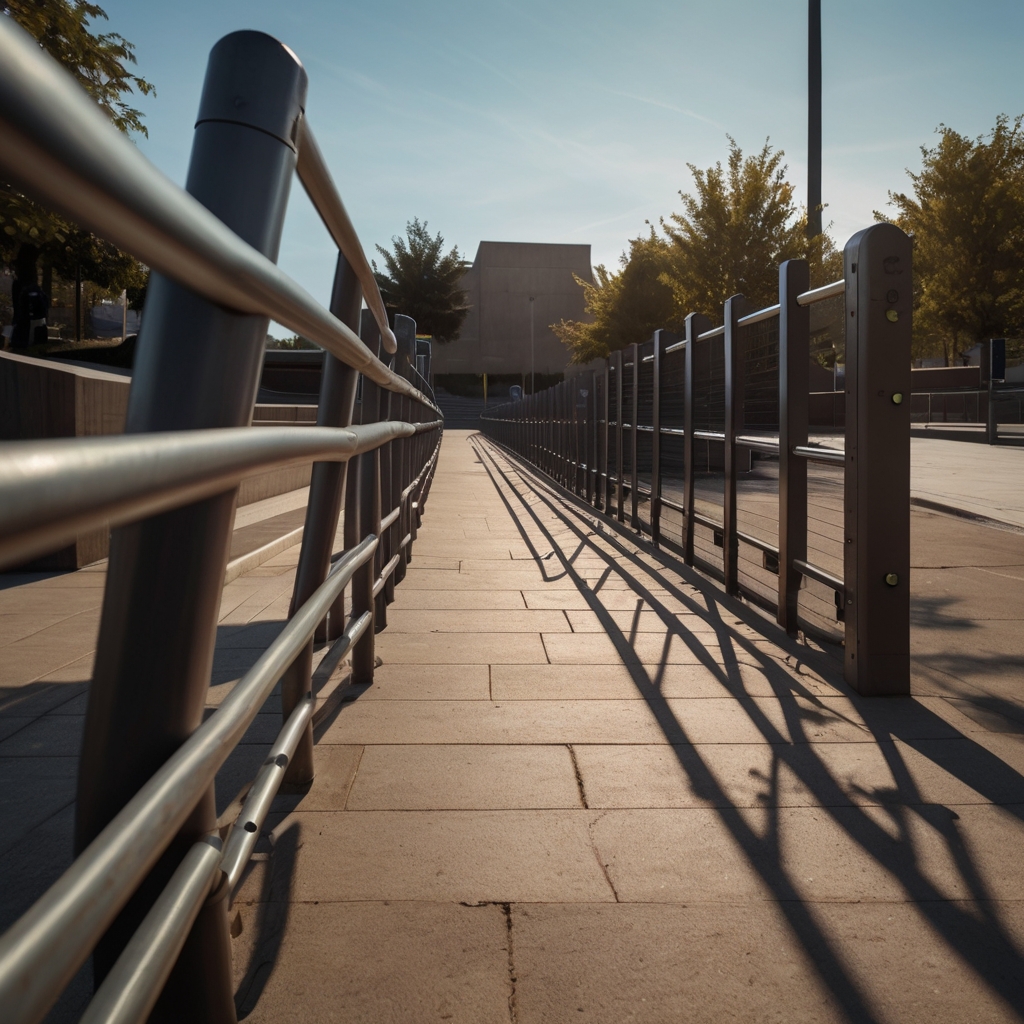
The Role of Policy and Legislation
Water Rights in National Law
Some countries have enshrined water rights in law—but enforcement is another story.
Regulatory Challenges
In places where laws exist, corruption and lack of oversight often prevent meaningful impact.
Accountability and Transparency
Public access to water data and spending reports is key to holding leaders accountable.
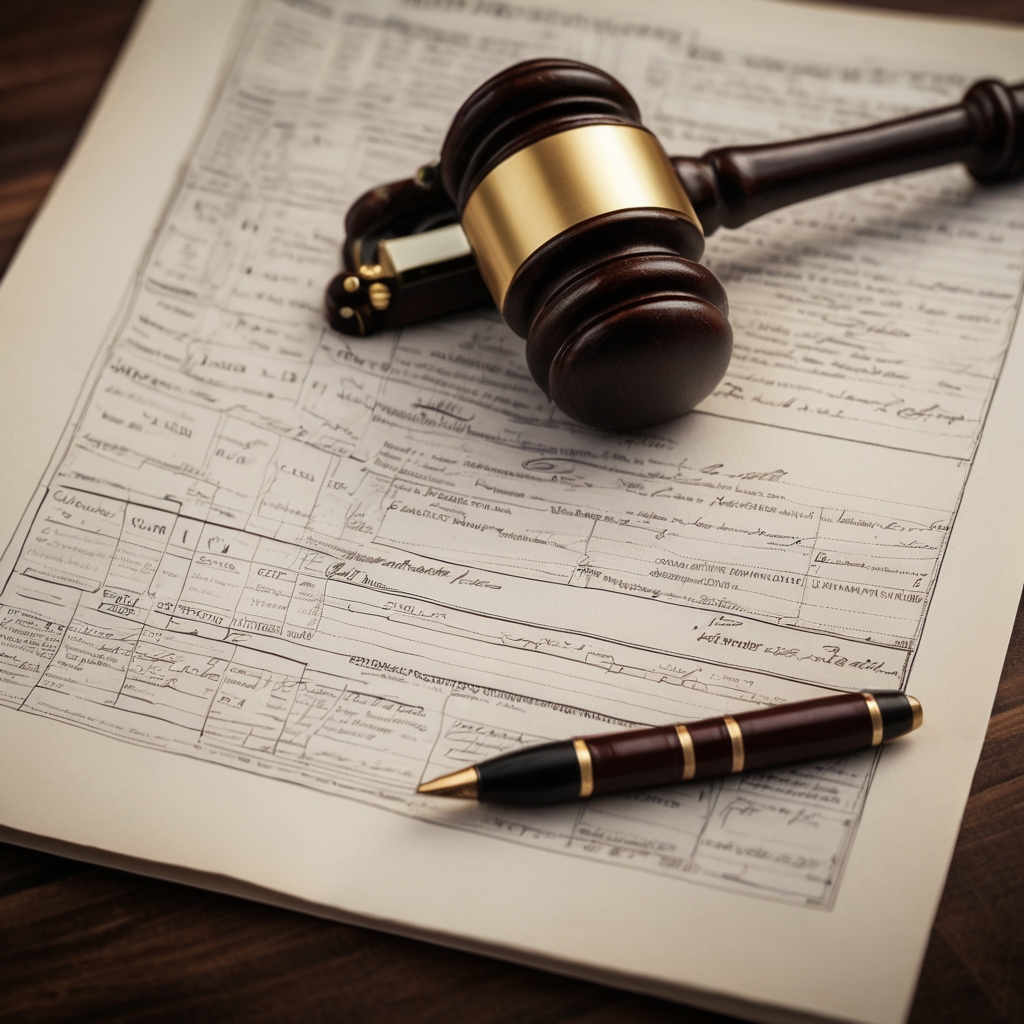
The Role of Individuals and Communities
Conservation at the Household Level
Fixing leaks, reusing water, and cutting unnecessary use can make a difference.
Advocacy and Awareness
From signing petitions to organizing clean-up campaigns, individuals have more power than they think.
Community-Driven Solutions
Locals know best what they need—supporting them means listening and funding, not dictating.
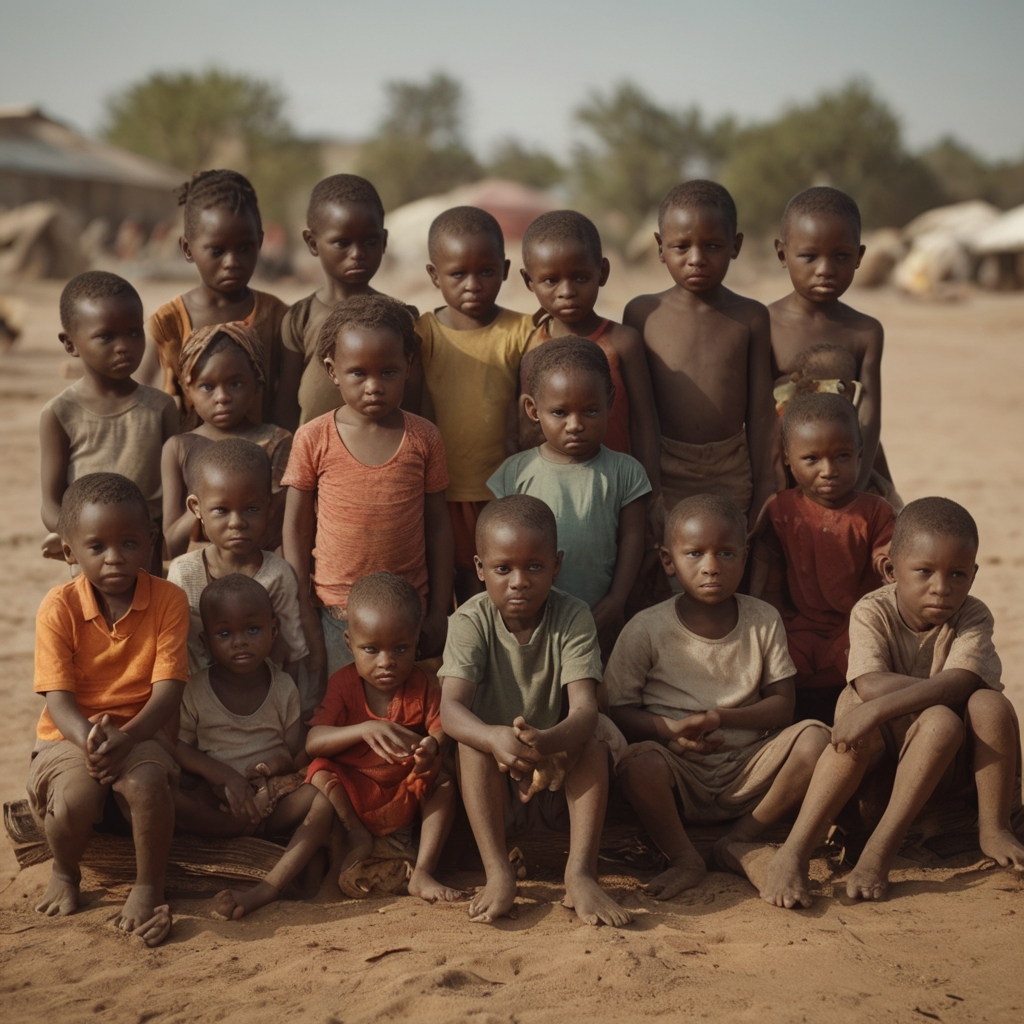
What the Future Holds
Risks of Inaction
Without urgent action, water wars, mass migration, and public health crises will worsen.
Vision for a Water-Equitable World
A future where no one is left behind requires collective responsibility, investment, and compassion.
Conclusion
Water is life. It’s not optional. It’s not negotiable. And yet, millions still live without it. The injustice is not just a reflection of poverty—but of misplaced priorities. If we truly believe clean water is a human right, then it’s time to act like it.

FAQs
1. Why is access to clean water considered a human right?
Because it is essential for health, survival, and dignity, without it, other rights—like education and health—are impossible to achieve.
2. Which countries have the least access to clean water?
Many in Sub-Saharan Africa, parts of South Asia, and regions experiencing conflict like Yemen and Syria.
3. How does clean water impact education?
Students, especially girls, miss school due to water collection duties or poor sanitation facilities.
4. What can individuals do to help?
Conserve water, support organizations doing fieldwork, raise awareness, and advocate for fair water policies.
5. How is climate change affecting the global water supply?
By increasing droughts, altering rainfall patterns, and melting glaciers that feed rivers.
I Think You Have The Right To See This Water Hack…
The water industry — as we know it — is on the verge of collapse.
And not because of climate change.
But because ordinary people are building something revolutionary in their backyards…
Even at how simple and
powerful this homemade system is.
The Water Industry panicked when this video got leaked and they’ve already gathered their army of lawyers to take this down! Click here for more info…
